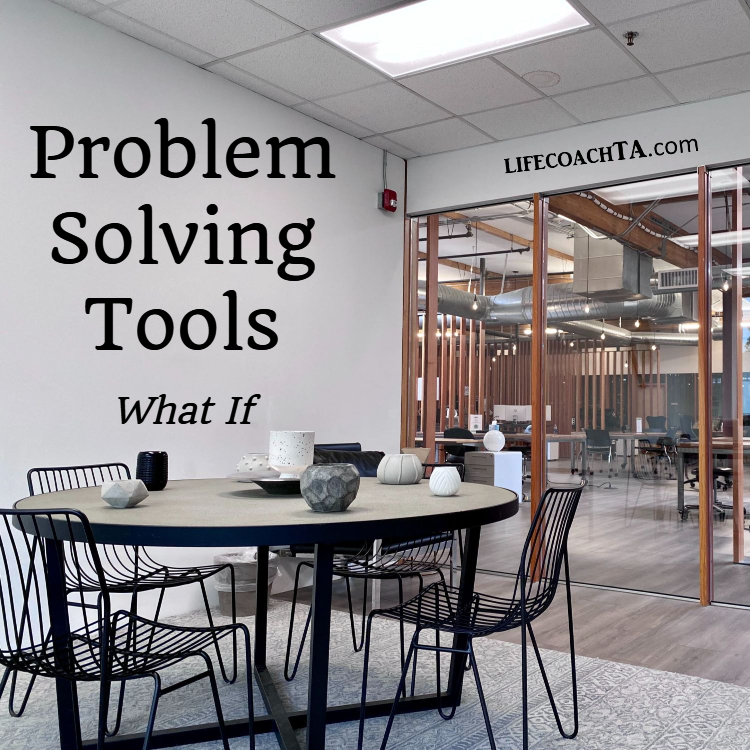One of the best ways to understand a problem and come up with new ways to possibly solve it is to perform a what-if analysis. This process if often used in works of research and development to determine possibilities of failure.
This is not a complicated process to master and is truly a creative problem-solving skill you will find more effective each time you use it. It works on almost any problem. You may find the more complex the problem, the better the process works.
1.) State The Problem Clearly
Like every other problem-solving method, success is dependent on solving the correct problem. That means you need to be sure you know what the problem is. State the problem clearly and succinctly.
2.) Ask What Happens If I Do ‘X’?
Fill in the blank for x. Select something you can change, whether it is something in the environment, an input, or something else, and try to figure out what will happen if you change it.
Many problems can be worked out using spreadsheets or simple simulations. Make changes (X) and review them.
As an easy example, what would happen to the amount of money you could save every month if you could cut your grocery bill in half? This is easy to calculate. Do not worry about how you would do something like that right now; that comes later. Right now you are looking at what would happen if X were done.
3.) Review The Results
Now that you have examined the what-if, review what you found out. Was it good, bad, or indifferent? By how much? Write down all of the results.
4.) Repeat The Process
Repeat the process with a different ‘X’ and keep doing it until you run out of time or find a solution(s) you think might be workable. Keep note of all the results you are working with.
5.) Explore Potential Solutions
When you have tried various what-if solutions and believe you have tried all possibilities, take the potential solutions you noted earlier and explore them further to see if you have found a way to solve your problem. You might find only one potential solution, or you might be surprised to find several that could work. That is what makes this skill so valuable. What solution will you choose?

